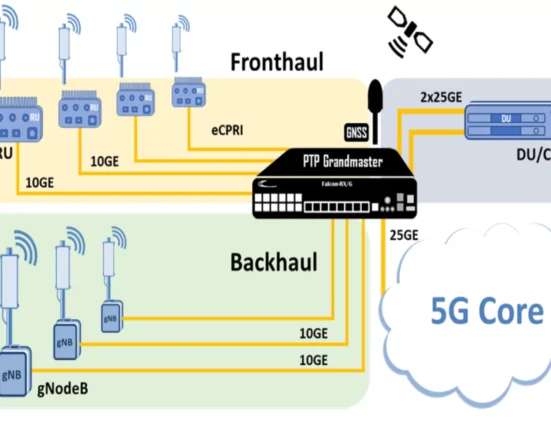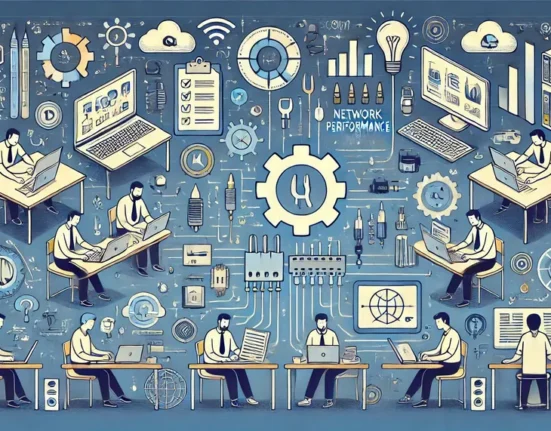Explainer videos are an effective medium to outline the key essentials of your brand which your customer can easily grasp. You can place it on your landing page, your website’s home page, or any other product page. Explainer videos allow you to deliver an immediate impact on your potential customers. It enables you to give them a glimpse of your brand and elicit the desired response to move them further down the sales funnel. Hence, these short online marketing videos are becoming an indispensable part of digital marketing strategy.
A good explainer video should consist of elements mapped and measured thoroughly to efficiently capture the attention of target viewers. Hence, planning is essential for creating effective videos. These videos should be brief, clearly vouch for the key point, most importantly, have a clear call-to-action (CTA) at the end. If the message strikes a chord with the audience, the apt CTA will move them to take a desirable action. Explainer videos can go a long way in creating an engaging experience for your users and boosting participation, sales, and conversions.
Choosing the best explainer video maker requires a clearly defined strategy. You need to identify the objectives of your video, along with its sophistication and complexity. Based on what kind of video you want to produce, you need to select custom-built software that supports your endeavor. You are likely to require varied features for animation, scene and prop, lighting, visuals, and more. Depending on your budget, you can customize your software to include the right tools for video creation and editing. It can also include various kinds of plug-ins for the expansion of your creative toolbox. The software should facilitate an easy import and export of motion files. All in all, it is necessary to choose software with intuitive features that facilitates a smart and efficient creation of your explainer videos.
You can present your explainer video in a variety of visual styles. This article lists some of the commonly used styles.
Live-Action
Live-action explainer videos consist of actual shot video footage instead of animation or motion graphics. It is an exceptional way to communicate with the viewer, it incorporates real people and a real voice for effective messaging. The inclusion of real images renders a greater ability for augmenting human communication with the target audience. Live-action explainer videos are less time consuming as it is captured in real-time which facilitates an easy adjustment and improvisation on the spot. It is useful for displaying how a physical product works or looks in a real-life setting. You can exercise creative freedom while creating live-action explainer videos.
Animation
Animation captures sequential, static images which are played in rapid succession to mimic real-world motion. It is useful for explaining concepts by using such movements. Businesses can use more experimental and unique animation styles for explaining the product/service concepts. There are different types of animation, including traditional animation, 2D vector-based animation, 3D animation (CGI), and stop motion. Designing quality animation is essential to make your explainer video stand out.
Whiteboard
You can create your explainer video using the “whiteboard animation” style. It involves the stimulation of animated graphics as it is hand-drawn on a whiteboard-type background. Often a voice-over accompanies it for clearly conveying the idea. It helps to break down and simplify complex information for the target audience. Whiteboard animations are memorable, versatile, and easy to create. It brings drawings and text to life on a digital canvas.
Kinetic Typography
Kinetic typography explainer video uses a ‘moving text’ animation technique. It pairs text with a motion to convey ideas and evoke emotions in viewers. You can effectively embed your key message even with the sound off. Besides soundless viewing, it also helps to narrate the brand story and sell your services. Hence, this style is marking the evolution of typography from paper to screen creatively and effectively.
Screencast Animation
Screencast animation makes use of screen captures with audio narration in the explainer videos. The combination of using screen recording with audio narration helps to effectively explain a particular idea to the target audience. Screen captures are taken with the screen change, and the accompanying audio helps to describe what is happening. The audio and screencasts are synchronized for developing an all-inclusive explainer video. This type of explainer video helps in highlighting the different features and aspects of your products.
Stop Motion
Stop motion explainer video includes real-life objects moving in small increments and it is photographed subsequently. These pictures are pieced together at a high speed for creating the video. The physical objects gain lifelike movements in this technique. Through the connection of a sequence of individually photographed frames, objects gain movement. It is a labor-intensive creation process. You can create a storyboard for synchronizing the pictures and creating the video.
To Conclude:
These are a few of the most popularly used visual styles in the creation of explainer videos. Based on the resources, cost, tools, and skills you possess, you can choose the style that enables you to create engaging explainer videos for your product.






